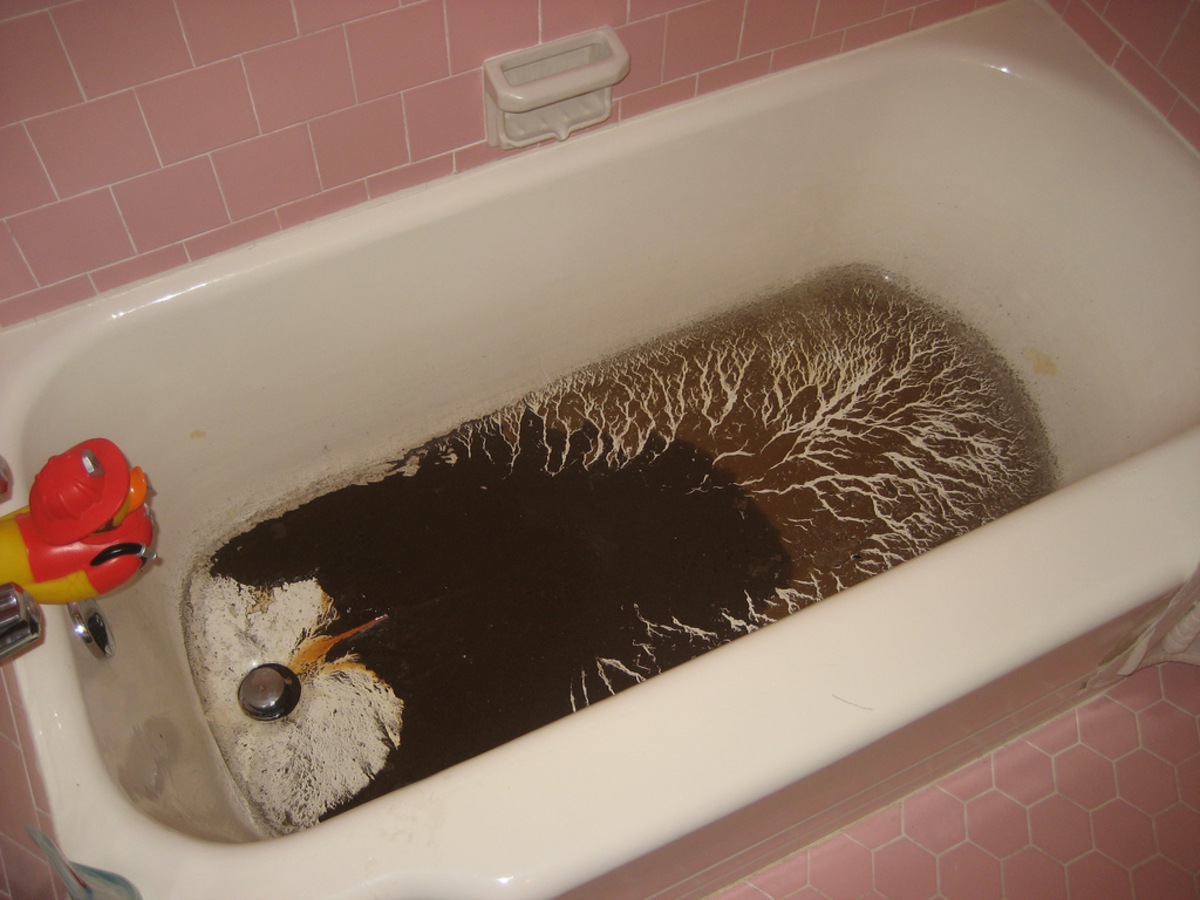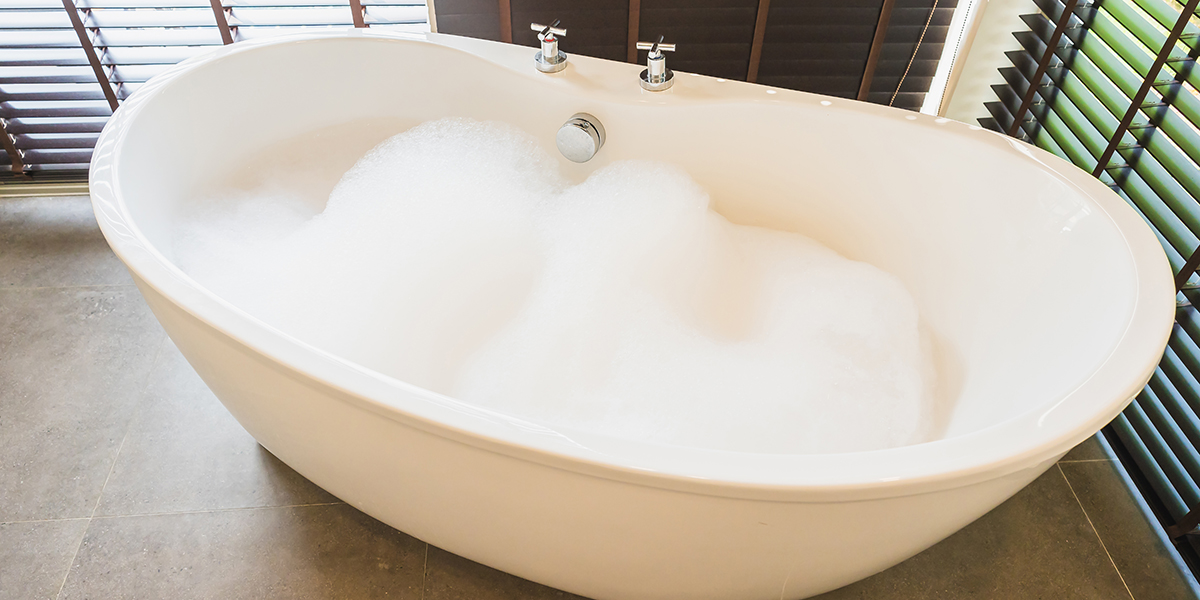We have encountered this article on Why is Sewage Backing Up Into My Bathtub? down the page on the net and decided it made perfect sense to discuss it with you on this page.

Sewer back-up in the bathtub can be a distressing and unhygienic trouble for any house owner. Not just is it bothersome, however it additionally presents serious health dangers and suggests underlying problems with the plumbing system. Understanding why sewer is turning up via the tub is vital for taking suitable activity to address the issue effectively.
Intro to the Issue
Common Reasons for Sewage Back-up
Blockages in the Sewer Line
Among the most usual sources of sewage backup is a blockage in the sewer line. This can take place because of the accumulation of debris, grease, or foreign objects in the pipelines, stopping proper circulation and causing sewage to back up right into your tub.
Tree Root Invasion
Tree roots looking for moisture and nutrients can penetrate sewer lines with small cracks or joints. Over time, these roots can expand and broaden, triggering considerable damages to the pipelines and leading to sewer backup issues.
Recognizing the Issue
When sewage starts backing up right into the bathtub, it's a clear indication of an issue with the drain system. The wastewater that needs to be flowing away from your home is rather locating its way back into your space, which can bring about significant damage and carcinogen.
Possible Causes
Numerous variables can add to sewage back-up in the bathtub. From blockages in the drain line to issues with the plumbing facilities, identifying the source is vital for finding a solution.
Aging Framework
Older homes might have dated plumbing systems that are a lot more prone to rust, cracks, and wear and tear. As pipes age, they become much more prone to leakages and blockages, increasing the possibility of sewer back-up occurrences.
Heavy Rainfall or Flooding
During periods of heavy rainfall or flooding, the drain system may become overloaded with excess water, creating backups and overflows. This can lead to sewer supporting right into bath tubs and various other fixtures inside the home.
Indications of Sewage Back-up
Foul Odors
Unpleasant odors emanating from drains pipes or components, especially in the washroom, may indicate sewer backup issues. These odors are typically strong and relentless, signaling a trouble that requires instant interest.
Slow Draining Fixtures
Tubs, sinks, and toilets that drain gradually or not in any way could be experiencing sewer back-up. If several components are influenced concurrently, it's most likely that the problem stems from a typical factor, such as the primary sewage system line.
Gurgling Noises
Weird gurgling or gurgling sounds coming from drains pipes when water is running in other places in your home are a measure of air trapped in the plumbing system. This air build-up can result from sewage backup and need to be examined quickly.
Health Threats Related To Sewer Backup
Contamination of Water
Sewage back-up can pollute the water in your home, posing a major health danger to you and your household. Direct exposure to contaminated water can bring about gastrointestinal issues, skin infections, and other ailments.
Mold Growth
Moisture from sewage back-up can produce excellent conditions for mold and mildew development in your home. Mold spores can exacerbate respiratory system problems and cause allergies in sensitive people, making timely clean-up crucial.
Spread of Condition
Sewer consists of damaging germs, infections, and parasites that can cause a range of illness, consisting of liver disease, cholera, and gastroenteritis. Entering contact with sewage or contaminated surfaces places you at risk of infection.
Tidying up After Sewer Back-up
Disinfection Procedures
Completely disinfect and sanitize impacted locations after sewage backup to eliminate unsafe microorganisms and protect against mold and mildew growth. Use proper cleansing items and safety gear to ensure risk-free and efficient cleanup.
Repair of Influenced Locations
Repair any type of damages to floor covering, wall surfaces, or fixtures caused by sewer backup. Depending on the degree of the damage, you may require to replace carpets, drywall, or various other products to restore your home to its pre-loss condition.
Immediate Actions to Take
Switching Off Water
In case of sewage back-up, it's necessary to turn off the water supply to prevent additional contamination and damage. Locate the major water shutoff valve in your home and shut it off until the concern can be solved.
Calling an Expert Plumber
Handling sewer backup is not a do it yourself job. Call an accredited plumber with experience in taking care of sewage-related concerns to examine the scenario and perform needed fixings or cleanings.
Preventing Contact with Contaminated Water
Till the sewage backup is solved, stay clear of contact with polluted water to prevent the spread of germs and virus. Wear safety gear if you must be in the afflicted location and clean your hands thoroughly later.
Safety nets
Routine Maintenance of Drain Lines
Schedule routine examinations and maintenance of your drain lines to determine and deal with possible issues prior to they intensify right into significant issues. This can include clearing out debris, inspecting for tree origin intrusion, and repairing any type of damaged pipes.
Mounting Backwater Shutoffs
Take into consideration installing bayou valves in your plumbing system to avoid sewage from flowing back into your home during periods of heavy rainfall or flooding. These valves immediately close when water draws back up, protecting your building from contamination.
Correct Disposal of House Waste
Avoid purging anything apart from bathroom tissue and human waste down the toilet to stop blockages and obstructions in the sewer line. Dispose of grease, oil, and other home chemicals correctly to reduce the danger of plumbing problems.
Why is there sewage coming up from my bathtub?
These gas fumes, like hydrogen sulfide – the gas that leaves a rotten egg smell in its wake and is highly flammable and toxic – can be hazardous to your health. Sewage poses major health risks as it contains harmful bacteria and microorganisms that can be dangerous if exposed to them.
Sewage cleanup should be considered an emergency.
So, why is there sewage coming up from your bathroom? There are several common causes of a sewage backup.
The most common reason for sewage coming up through your bathroom is a clogged sewer line. All plumbing in your bathroom connects to a single drain pipe that leads to the sewer line under your house. This drain line carries all wastewater and sewage away from your home to the city’s sewer system.
When the sewer line becomes clogged or blocked, wastewater has nowhere to go but back toward your house. This results in sewage coming up through your drains, often starting with your tub or shower.
Another culprit may be the sewage ejector pump, which is used when a bathroom, laundry room or any other type of plumbing fixture is located below the level of the main sewer or septic line flowing from the house. Most commonly, ejector pumps are used in homes with basement bathrooms or laundry rooms.
When you experience sewage coming up through your bathtub, it’s always best to contact a professional. Attempts to fix a clogged sewer line without experience often lead to more plumbing damage.
Make sure that no one enters the affected area, and open as many windows as possible. Pre-treat the flooded area with small splashes of chlorine bleach. Wear protection gear like rubber gloves, a mask, and water-resistant coveralls.
https://www.shawlocal.com/the-herald-news/sponsored/2022/08/17/omega-plumbing-10199038/

I was shown that editorial on Why is There Sewage Coming Up Through the Bathtub from an associate on another web page. Those who liked our blog posting kindly consider to pass it around. We enjoy your readership.
Automated Marketing